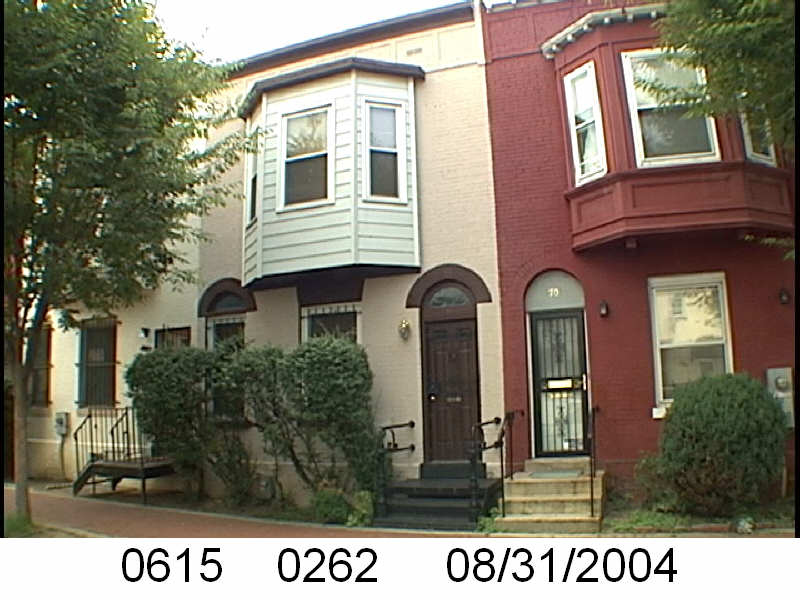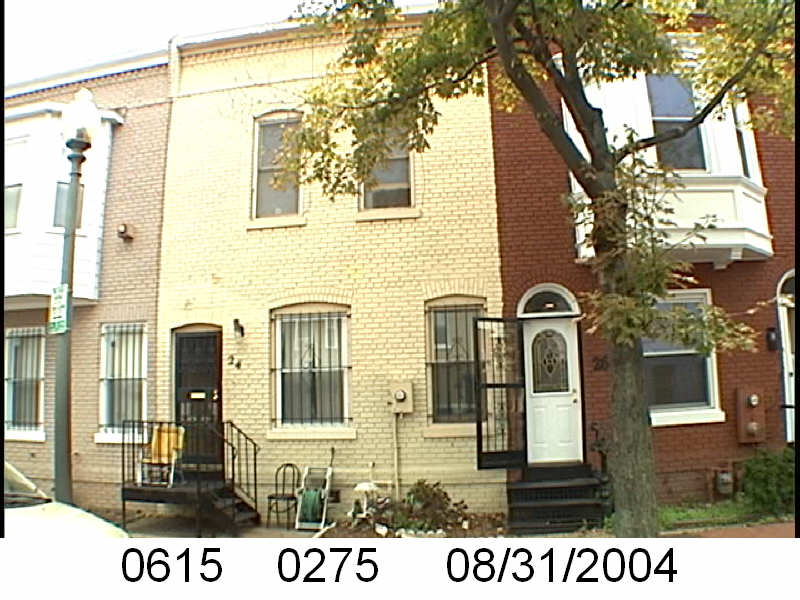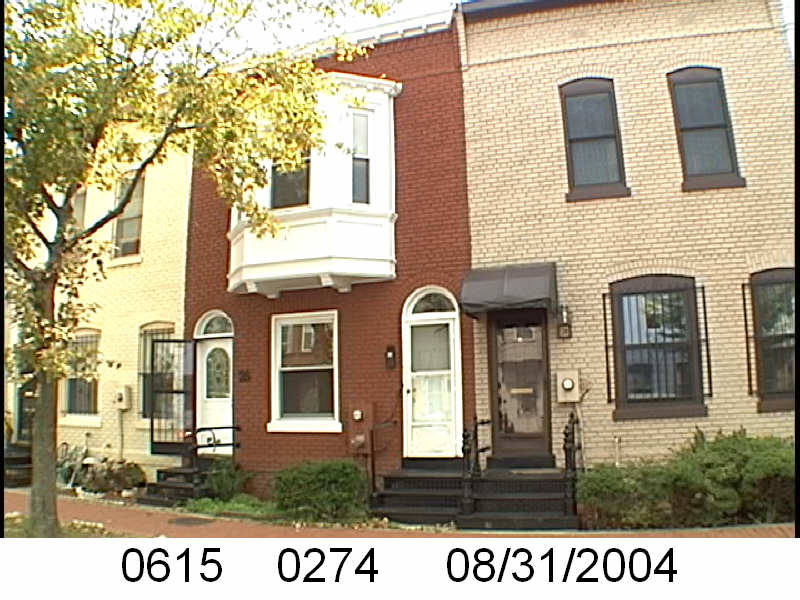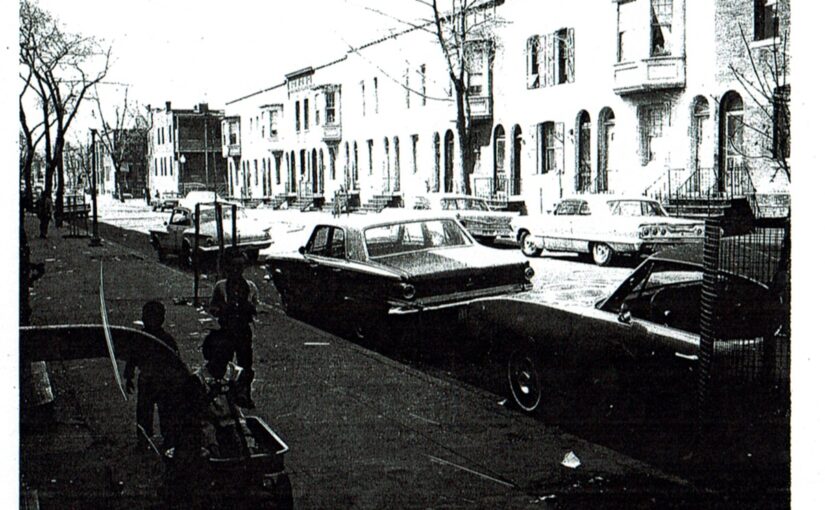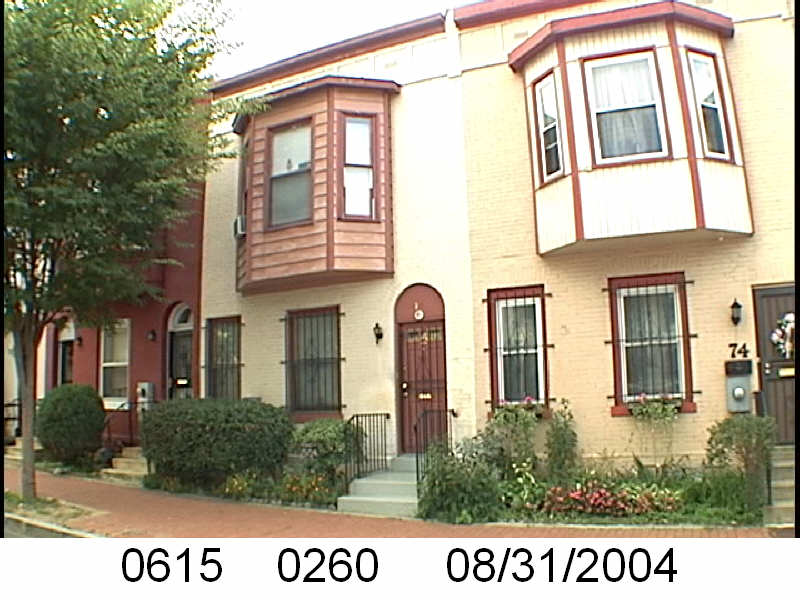In lieu of a February Black History post, WSIC continues, because it is Black History.
The Washington Sanitary Improvement Company (WSIC) was a late 19th century charitable capitalism experiment that ended in the 1950s. This blog started looking at the homes that were supposed to be sold to African American home buyers, after decades of mainly renting to white tenants.
Looking at WSIC properties they tend to have a pattern where the properties were sold to a three business partners, Nathaniel J. Taube, Nathan Levin and James B. Evans as the Colonial Investment Co. for $3 million dollars. Those partners sold to African American buyers. There was usually a foreclosure. In 1956 Nathan Levin died and Colonial Inv. Co. vice president Harry A. Badt took his place in the foreclosure paperwork. Then the property wound up in the hands of George Basiliko and or the DC Redevelopment Land Agency (RLA). Then there were the odd lucky ones who managed to avoid that fate.
Let’s see what happens with 66 Bates St NW:
- December 1950 (recorded Jan 18, 1951) Evans, Levin and Taube sold one-half of 66 Bates NW to Margaret L. Hickerson.
- December 1950 (recorded Jan 18, 1951) Ms. Hickerson borrowed $3,025 from Colonial Investment Co. favorite trustees Abraham H. Levin and Robert G. Weightman.
- December 1950 (recorded Jan 18, 1951) Evans, Levin, and Taube sold the other half of 66 Bates St NW to Alfred H. and Janie G. Moore.
- Dec 1950 the Moores borrowed $3,025 from trustees Abraham H. Levin and Robert G. Weightman.
- October 1955 the Moores lost their half to foreclosure and via an auction it was repossessed by Evans, Levin and Taube.
- November 1961, as part of a large property package (doc 1962000416), Badt, Evans, Taube, Nathan Levin’s survivors and their spouses sold half of 66 Bates St NW to Sophia and George Basiliko.
- February 1963 Ms. Hickerson was released from her mortgage.
- January 1972 (docs# 1972020429, 1972020430) Basiliko and the heirs at law of Ms. Hickerson who died around February 8, 1971 sold the house to the DC Redevelopment Land Agency (RLA).
- September 1972 the DC RLA got the remaining Hickerson heir, Mason Alston, via John Mason Hickerson to sign over interest.
- June 1980 (doc #8000020294) the DC RLA sold/transferred this and other properties to BSA Limited Partnership. BSA is possibly short for Bates Street Associates. It is paired with doc #8000020221 a contract between DC RLA and BSA Ltd Partnership.
There was only one foreclosure. Part of the property was sold to slum landlord George Basiliko. In 1972 Basiliko and a large party of people who were somehow connected/ related to the original buyer sold it to DC RLA, which then passed it on to BSA.

